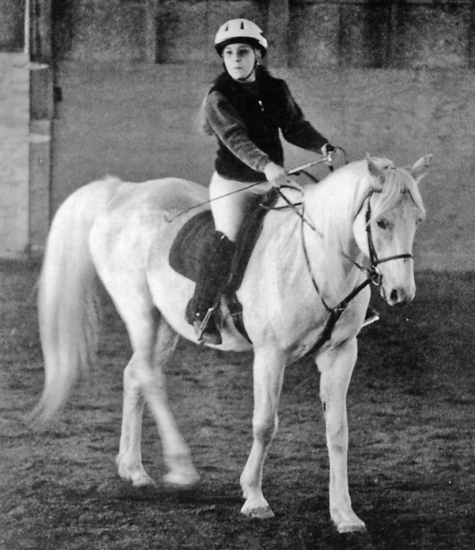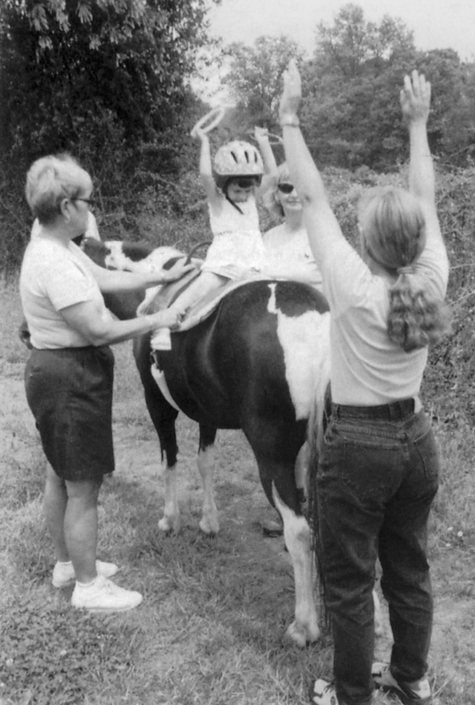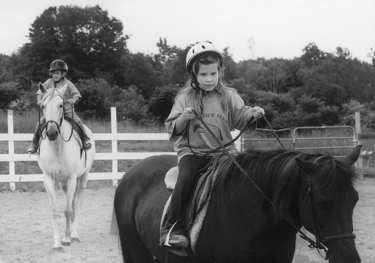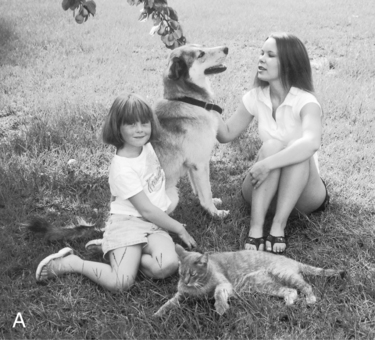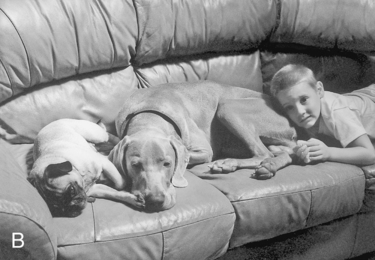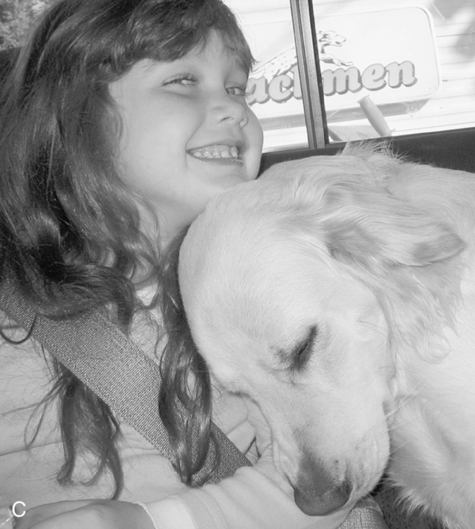28 JEAN W. SOLOMON and JANE CLIFFORD O’BRIEN After studying this chapter, the reader will be able to accomplish the following: • Identify organizations that promote animal and human interactions • Define and distinguish between animal-assisted activities and animal-assisted therapy • Describe the types of small and large animals that might be used during animal-assisted activities and animal-assisted therapy • Define and distinguish between therapeutic horseback riding and hippotherapy • Describe the mission and function of the North American Riding for the Handicapped Association • Discuss incorporating animals into pediatric occupational therapy practice Research supports the conclusion that animals can reduce social stress, increase motivation, and offer unconditional love (Box 28-1).1 The focus of this chapter is on animal-assisted services. Two types of animal-assisted services will be discussed: (1) animal-assisted activities, and (2) animal-assisted therapy. The chapter also describes ways to incorporate animals into occupational therapy (OT) intervention and the benefits of using animals. A variety of examples of intervention activities using animals is provided throughout to provide some ideas and possibilities. The IAHAIO was founded in 1990 to provide a forum for national and international associations or related organizations interested in understanding and appreciating human–animal interactions. The primary purpose of the organization is to coordinate its structure nationally and internationally. Its mission is to promote research, education, and the sharing of information regarding the role of animals in human health and quality of life. The activities of the IAHAIO include sponsoring workshops, publishing information that adds to the body of knowledge on human–animal interactions, and influencing public policies that promote the integration of animals into human society.6 The Delta Society promotes human health and well-being through positive interactions with animals. It publishes guidelines for developing animal-assisted therapy programs, professional standards for dog trainers, and information regarding service dogs. It offers workshops and home study courses for registering clinicians who use animals during therapy. According to the Delta Society, approximately 2000 animal-assisted therapy programs are available in the United States. Dogs are the animals most often used during physical rehabilitation intervention.6 Animal-assisted activities are those activities that involve human and animal interactions. Examples of animal-assisted activities include the use of assistance dogs, taking cats to visit residents in a nursing home, keeping fish in a kindergarten classroom, and participation in a therapeutic horseback riding class (Figure 28-1). These activities offer opportunities for children and adolescents to care for as well as to interact with animals while grooming, feeding, and petting them. For example, during therapeutic horseback riding, the child or adolescent learns not only to ride the horse but also to take care of it. Animal-assisted therapy uses animals to improve the medical, developmental, physical, and mental conditions of children or adolescents. Hippotherapy, or therapy using horses, is one of the most popular types of animal-assisted therapy. Dogs are also frequently involved in animal-assisted therapy (Figure 28-2).6 Animal-assisted therapy is carried out by a qualified OT practitioner. This type of therapy includes the evaluation of the child’s body functions and structure, the design and implementation of an intervention plan, documentation of goals and progress, as well as re-evaluation and planning for the discontinuation of services.3 In both animal-assisted activities and animal-assisted therapy, the welfare and safety of people and animals are top priorities. The following example illustrates animal-assisted therapy. Small animals are those that typically weigh less than 40 pounds. Dogs, which are mammals, are one type of small animal. Other types include reptiles such as snakes; amphibians such as frogs; fish; and invertebrates such as hermit crabs and worms (Table 28-1). This chapter discusses the different types of small animals, with special attention devoted to dogs. TABLE 28-1 Dogs are one of the most popular pets and the most frequently used small mammal for animal-assisted services (Figure 28-5). They offer a large variety of choices. Dogs are small, medium, or large in size and may be purebred or a mix of breeds. Examples of small purebred dogs are dachshunds, Chihuahuas, and cocker spaniels. Large dog breeds include chows, German shepherds, Saint Bernards, Great Pyrennes, and standard poodles. Mixed breeds (also known as “mutts”) can be small, medium, or large in size. A service dog is one that assists people who have physical or sensory disabilities.1 Service dogs are legally defined in the Americans with Disabilities Act (ADA). According to ADA, the three types of service dogs are (1) guide dogs, (2) hearing dogs, and (3) medical alert dogs (Box 28-2). A guide dog is one that assists a person who has a visual impairment or is blind. A hearing dog is one that assists a person who has a hearing loss or is deaf. A medical alert dog is one that assists a person in a medical emergency by detecting specific physiologic changes and locating assistance during medical emergencies.1
Animal-assisted services
Selected organizations
Animal-assisted activities
Animal-assisted therapy
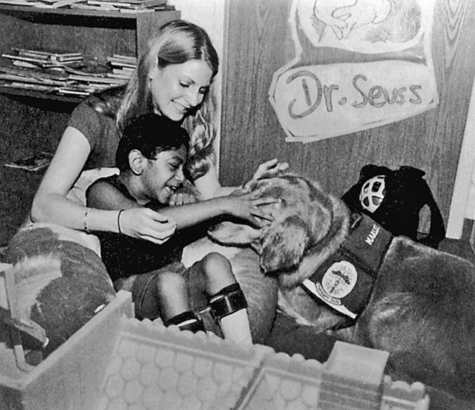
Small animals
CLASSIFICATION
DEFINITION
EXAMPLES
Mammal
Warm blooded with backbone
Dog, cat, rabbit, guinea pig
Reptile
Cold blooded with horny or scaly skin
Snake
Amphibian
Cold blooded with smooth skin
Frog, toad, salamander
Fish
Cold blooded with fins and gills
Goldfish, beta fish
Invertebrate
Cold blooded without backbone
Worm, snail, hermit crab
![]()
Stay updated, free articles. Join our Telegram channel

Full access? Get Clinical Tree


Animal-assisted services

